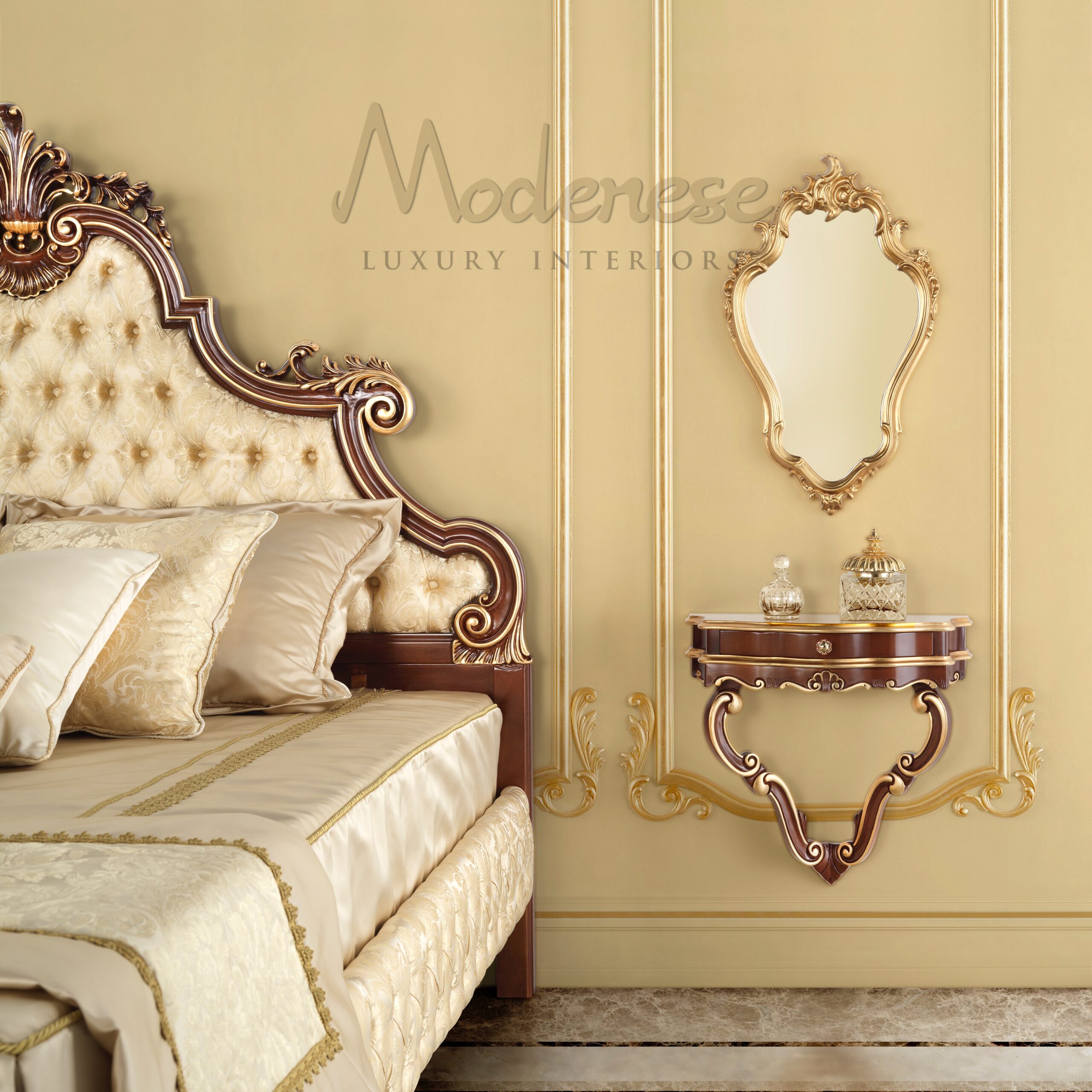As a writer who has spent decades observing the intricate relationship between wealth, aesthetics, and social standing, I find myself particularly drawn to the realm of classic furniture, specifically the ornate masterpieces of the Italian Baroque period. The sheer opulence and theatrical nature of these pieces speak volumes about humanity’s eternal desire to transform everyday objects into expressions of power and artistry.
The Origins of Italian Baroque Splendor
During my extensive travels through Italy’s historic palazzos, I’ve witnessed firsthand how the Counter-Reformation shaped not just religious ideology but also the decorative arts. The period between 1600 and 1750 gave birth to what I consider the most dramatic and emotionally stirring furniture designs in European history. Bold sculptural forms and exaggerated ornamentation became the language through which craftsmen expressed their defiance of Protestant austerity.
Defining Characteristics of Baroque Magnificence
The essence of Italian Baroque furniture lies in its ability to overwhelm the senses. In my observations, these pieces share several distinctive features:
- Abundant use of gilt bronze (bronzo dorato) decorations that catch light like frozen flames, creating an almost theatrical display of wealth and craftsmanship
- Masterfully carved wooden surfaces featuring acanthus leaves, cherubs, and mythological figures that seem to come alive under your gaze
- The strategic implementation of curved lines and broken pediments that defy the rigid geometrical constraints of earlier periods
- Extensive use of exotic materials – ebony, tortoiseshell, and mother-of-pearl inlays that transform simple cabinets into precious jewel boxes
The Artisans Behind the Grandeur
I’ve spent countless hours studying the workshops of 17th-century Italian craftsmen. These maestri ebanisti (master cabinetmakers) approached their work with an almost religious devotion. Their creations weren’t mere furniture pieces but rather symphonies in wood and gilt, each telling a story of technical virtuosity and artistic ambition.
The Social Significance
What fascinates me most about Italian Baroque furniture is its role as a social and political statement. Every carved cherub, every gilded scroll served as a proclamation of power. The aristocratic patrons who commissioned these pieces understood that furniture could be more than functional – it could be a weapon in the arsenal of social supremacy.
Modern Reflections on Historical Grandeur
In our current age of minimalist tendencies, I find myself increasingly drawn to the unapologetic extravagance of Baroque furniture. These pieces remind us that there was a time when beauty knew no restraint, when craftsmen dared to push the boundaries of what furniture could be. The emotional impact of a properly decorated Baroque interior remains unmatched in its ability to inspire awe.
The Legacy Continues
The influence of Italian Baroque furniture extends far beyond its historical period. In my observations of contemporary design, I see its echoes in the renewed appreciation for handcraftsmanship and the understanding that furniture can be both functional and theatrical. The spirit of the Baroque – its love of drama, its celebration of technical virtuosity, and its understanding of furniture as art – continues to inspire modern creators.
The true genius of Italian Baroque furniture lies not just in its obvious magnificence, but in its ability to transform spaces into stages where daily life becomes theater. It reminds us that even the most mundane aspects of our existence can be elevated to art through dedication to beauty and craftsmanship. This, I believe, is its most enduring legacy.
